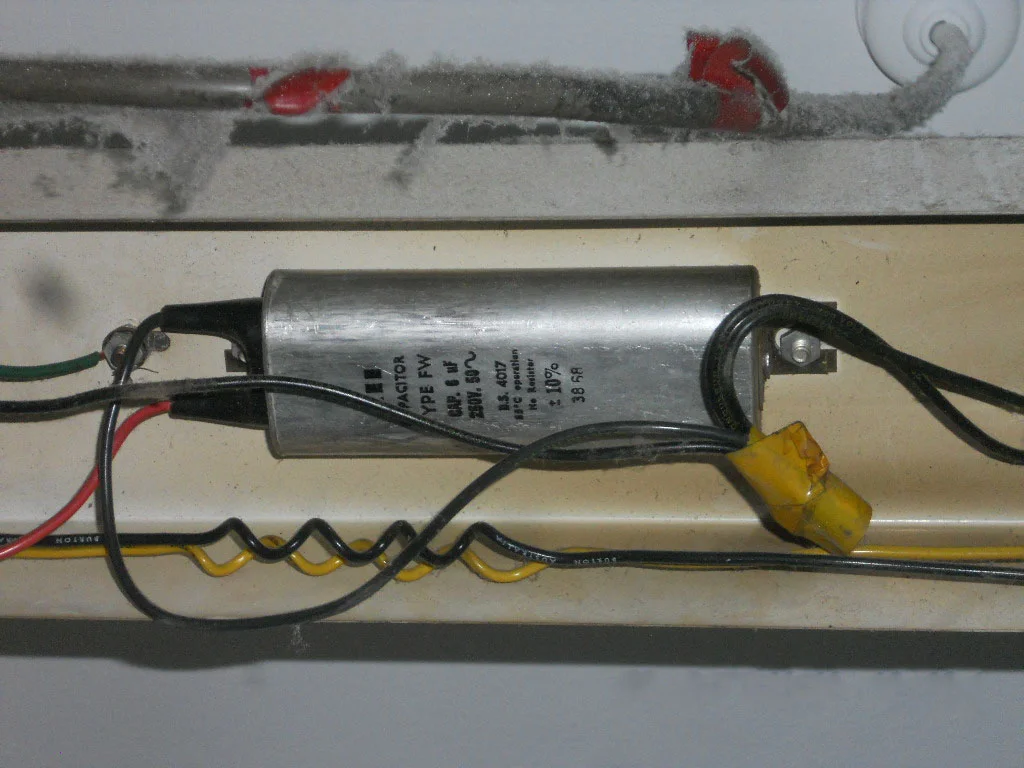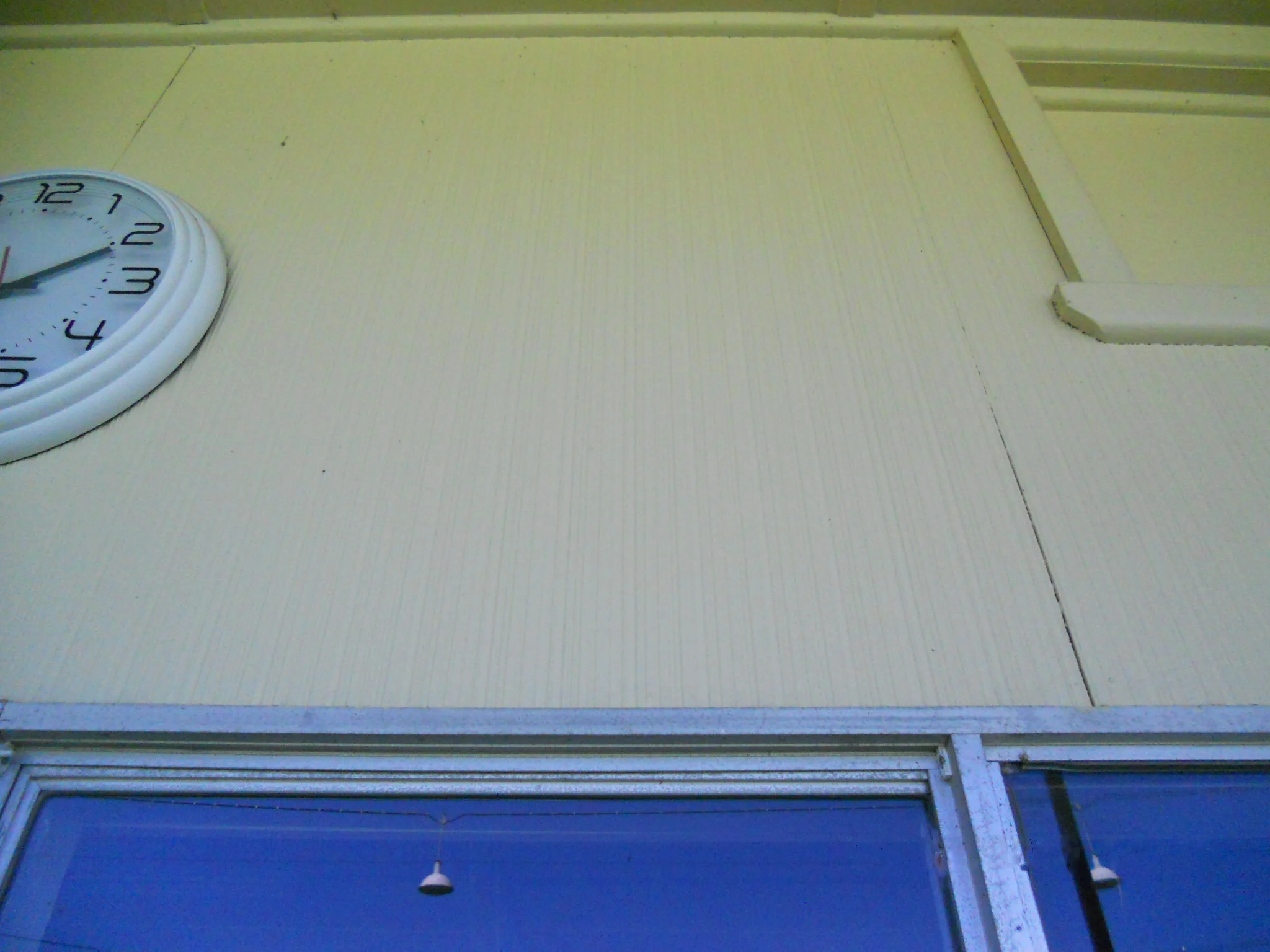Polychlorinated Biphenyl (PCB)
PCBs are a class of organochlorine compounds toxic to the environment and humans. The EPA requires they are handled, transported and disposed of in an approved manner.
Asbestos Safety West identifies PCB’s materials (where practicable), as part of a Division 6 asbestos and hazardous materials survey.
PCBs were used in electrical equipment such as transformers, generators and capacitors prior to the 1980's.
Ozone Depleting Substances (ODS)
Asbestos Safety West identifies ozone depleting substances, (green-house gases such as HCFC) used in air conditioning units, refrigerators, and commercial refrigeration plant as a part of a Division 6 audit.
Under national legislation, synthetic greenhouse gases must be recovered from all parts of the equipment before demolition commences.
Recovery of the gases can occur at the time of decommissioning the equipment for recycling, or be returned to the supplier or collection agent for disposal.
Lead Paint
Asbestos Safety West offers two methods of lead paint detection;
An instant test using an indicator kit
Laboratory analysis of paint samples
Identification of lead paint is important where dust is likely to be generated from sanding or other method as a part of refurbishment works. Methods to control personal and environmental exposure to lead dust and residue are required by WorkSafe Victoria and the EPA.
Synthetic Mineral Fibre (SMF)
SMF is a generic term to describe amorphous vitreous fibres, manufactured into wool type products and used for its insulating properties in domestic and industrial applications.
Division 6 asbestos and hazardous materials surveys include identification and reporting of synthetic mineral fibre (SMF).





